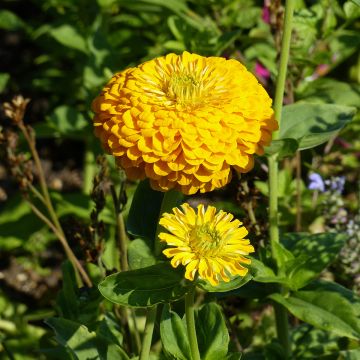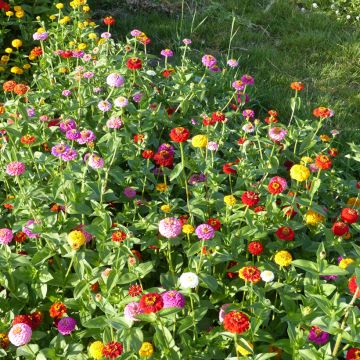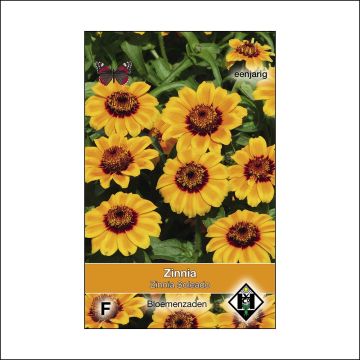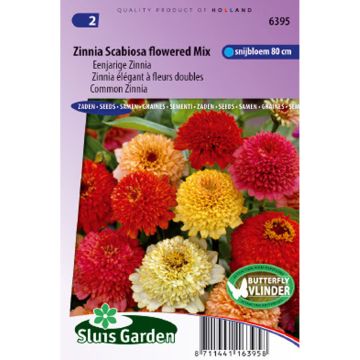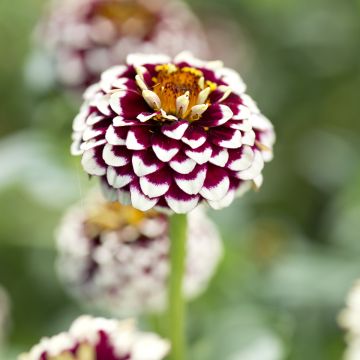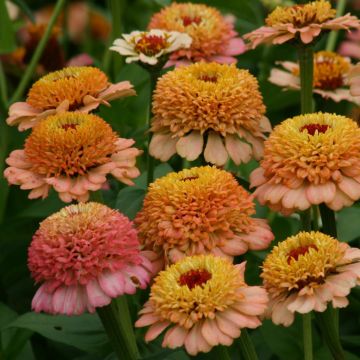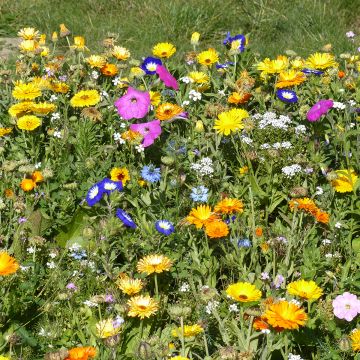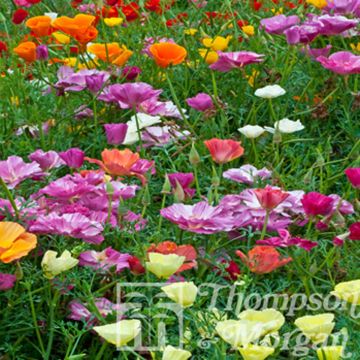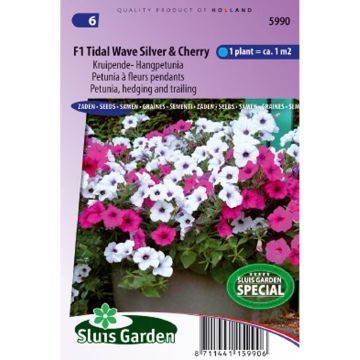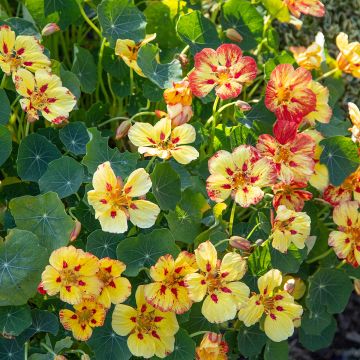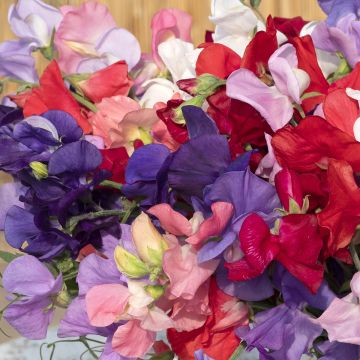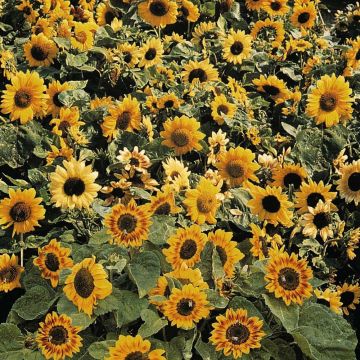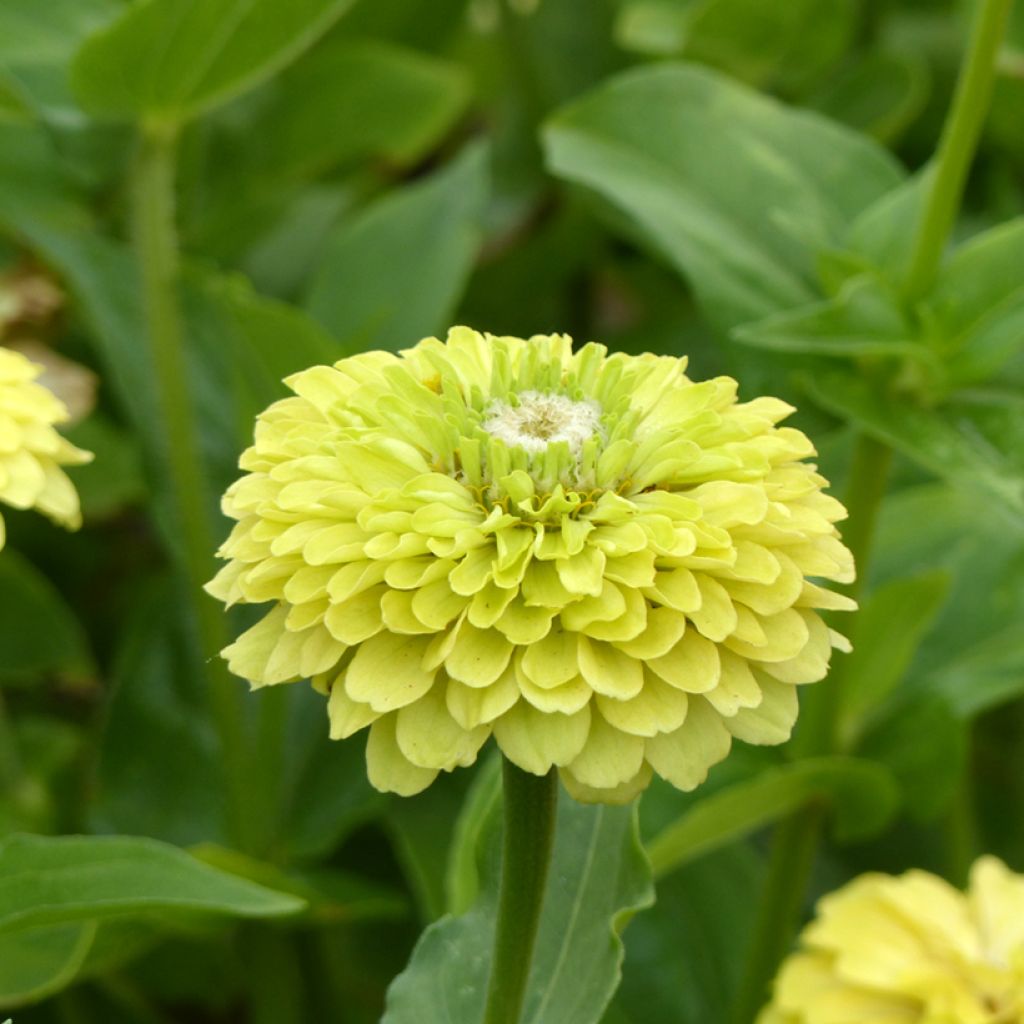

Zinnia elegans Envy Double Seeds
Zinnia elegans Envy Double Seeds
Zinnia x elegans Envy Double
Zinnia, Common Zinnia
This item cannot be shipped to the selected country
Dispatch by letter from €3.90
More information
Schedule delivery date,
and select date in basket
This plant carries a 6 months recovery warranty
More information
We guarantee the quality of our plants for a full growing cycle, and will replace at our expense any plant that fails to recover under normal climatic and planting conditions.
Seed-only orders are dispatched by sealed envelope. The delivery charge for seed-only orders is €3.90.

Does this plant fit my garden?
Set up your Plantfit profile →
Description
Zinnia elegans Envy Double, also called common zinnia, is a generous and original annual plant. Long flowering, it bears large pompom-like blooms of a rare and useful colour, that varies between chartreuse-green and creamy green, on a compact mound of growth. It is a variety particularly suited for slightly shaded areas of the garden. Its flowers exude a strange scent reminiscent of polish and are very beautiful in fresh or dried flower bouquets. This annual plant is low maintenance, resisting to heat and drought, but requires well-drained soil for best results.
Zinnia elegans is a sturdy annual belonging to the family Asteraceae, that is native to Mexico and has given rise to many cultivars. 'Envy Double' is just one of them and is selected for the unusual colour of its large, fully double blooms. The plant forms a compact, well-branched mound, which grows 50 to 60 cm high and 40 cm wide. Its stems are hollow and snap easily. They carry rough, downy, lanceolate to elliptical, medium green leaves. Flowering occurs from July to September-October in the form of nectar-rich, melliferous blooms. The axillary flowers are large, fully double, hemispherical, 6 cm wide capitula that are composed of numerous ligulate flowers of a rare shade of chartreuse-green to creamy green, giving them the appearance of the inflorescence of certain dahlias.
Seeing zinnias grow is always a lovely surprise. Not only are they able to sprout up from the ground in the most unlikely places, including those disdained by many plants, they are capable of blooming even in gravelly soils and in scorching sunlight. Zinnia Envy Double’s colours blend well with partial shade and white flowers, but also with purple and chocolate blooms or foliage. They assert themselves in cottage-style borders and flowerbeds, combined with cosmos or Ophiopogon planiscapus Nigrescens or by placing them between airy grasses such as Stipa tenuifolia or Eragrostis trichoides. They can also be sown in pots to decorate the terrace in summer.
Report an error about the product description
Flowering
Foliage
Plant habit
Botanical data
Zinnia
x elegans
Envy Double
Asteraceae
Zinnia, Common Zinnia
Cultivar or hybrid
Other Zinnia seeds
Planting and care
Direct sow zinnia seeds outdoors in their final positions, in April-May, once the soil is warm. Choose a sunny position, on moist, well-drained soil that has been raked to a fine tilth. Sow seeds at a depth of 3 mm, in holes 30 cm apart. Water regularly, especially during dry periods. Germination usually takes 7 to 14 days. When zinnia seedlings are large enough to be handled, thin them out to 23 cm apart. You can also sow them indoors from March to April at a temperature of 15-25 °C. After sowing, keep the surface of the soil moist but not waterlogged and expose to the light as this helps germination. When the seedlings are large enough to be handled, transplant them and grow them on in cooler conditions. When the plants are well grown, and all risk of frost has passed, gradually acclimatize them to outdoor conditions for 10-15 days before planting outdoors in their final location. Zinnias elegans are plants that are easy to grow in the sun, in fairly rich, well-drained to dry soils and even in those that are clayey. These plants are susceptible to powdery mildew in humid weather, especially if air doesn’t circulate well around the plants. They do well in climates with long, hot, dry summers. They are not at all hardy.
Sowing period
Intended location
-
, onOrder confirmed
Reply from on Promesse de fleurs
Flower seeds
Haven't found what you were looking for?
Hardiness is the lowest winter temperature a plant can endure without suffering serious damage or even dying. However, hardiness is affected by location (a sheltered area, such as a patio), protection (winter cover) and soil type (hardiness is improved by well-drained soil).

Photo Sharing Terms & Conditions
In order to encourage gardeners to interact and share their experiences, Promesse de fleurs offers various media enabling content to be uploaded onto its Site - in particular via the ‘Photo sharing’ module.
The User agrees to refrain from:
- Posting any content that is illegal, prejudicial, insulting, racist, inciteful to hatred, revisionist, contrary to public decency, that infringes on privacy or on the privacy rights of third parties, in particular the publicity rights of persons and goods, intellectual property rights, or the right to privacy.
- Submitting content on behalf of a third party;
- Impersonate the identity of a third party and/or publish any personal information about a third party;
In general, the User undertakes to refrain from any unethical behaviour.
All Content (in particular text, comments, files, images, photos, videos, creative works, etc.), which may be subject to property or intellectual property rights, image or other private rights, shall remain the property of the User, subject to the limited rights granted by the terms of the licence granted by Promesse de fleurs as stated below. Users are at liberty to publish or not to publish such Content on the Site, notably via the ‘Photo Sharing’ facility, and accept that this Content shall be made public and freely accessible, notably on the Internet.
Users further acknowledge, undertake to have ,and guarantee that they hold all necessary rights and permissions to publish such material on the Site, in particular with regard to the legislation in force pertaining to any privacy, property, intellectual property, image, or contractual rights, or rights of any other nature. By publishing such Content on the Site, Users acknowledge accepting full liability as publishers of the Content within the meaning of the law, and grant Promesse de fleurs, free of charge, an inclusive, worldwide licence for the said Content for the entire duration of its publication, including all reproduction, representation, up/downloading, displaying, performing, transmission, and storage rights.
Users also grant permission for their name to be linked to the Content and accept that this link may not always be made available.
By engaging in posting material, Users consent to their Content becoming automatically accessible on the Internet, in particular on other sites and/or blogs and/or web pages of the Promesse de fleurs site, including in particular social pages and the Promesse de fleurs catalogue.
Users may secure the removal of entrusted content free of charge by issuing a simple request via our contact form.
The flowering period indicated on our website applies to countries and regions located in USDA zone 8 (France, the United Kingdom, Ireland, the Netherlands, etc.)
It will vary according to where you live:
- In zones 9 to 10 (Italy, Spain, Greece, etc.), flowering will occur about 2 to 4 weeks earlier.
- In zones 6 to 7 (Germany, Poland, Slovenia, and lower mountainous regions), flowering will be delayed by 2 to 3 weeks.
- In zone 5 (Central Europe, Scandinavia), blooming will be delayed by 3 to 5 weeks.
In temperate climates, pruning of spring-flowering shrubs (forsythia, spireas, etc.) should be done just after flowering.
Pruning of summer-flowering shrubs (Indian Lilac, Perovskia, etc.) can be done in winter or spring.
In cold regions as well as with frost-sensitive plants, avoid pruning too early when severe frosts may still occur.
The planting period indicated on our website applies to countries and regions located in USDA zone 8 (France, United Kingdom, Ireland, Netherlands).
It will vary according to where you live:
- In Mediterranean zones (Marseille, Madrid, Milan, etc.), autumn and winter are the best planting periods.
- In continental zones (Strasbourg, Munich, Vienna, etc.), delay planting by 2 to 3 weeks in spring and bring it forward by 2 to 4 weeks in autumn.
- In mountainous regions (the Alps, Pyrenees, Carpathians, etc.), it is best to plant in late spring (May-June) or late summer (August-September).
The harvesting period indicated on our website applies to countries and regions in USDA zone 8 (France, England, Ireland, the Netherlands).
In colder areas (Scandinavia, Poland, Austria...) fruit and vegetable harvests are likely to be delayed by 3-4 weeks.
In warmer areas (Italy, Spain, Greece, etc.), harvesting will probably take place earlier, depending on weather conditions.
The sowing periods indicated on our website apply to countries and regions within USDA Zone 8 (France, UK, Ireland, Netherlands).
In colder areas (Scandinavia, Poland, Austria...), delay any outdoor sowing by 3-4 weeks, or sow under glass.
In warmer climes (Italy, Spain, Greece, etc.), bring outdoor sowing forward by a few weeks.

































